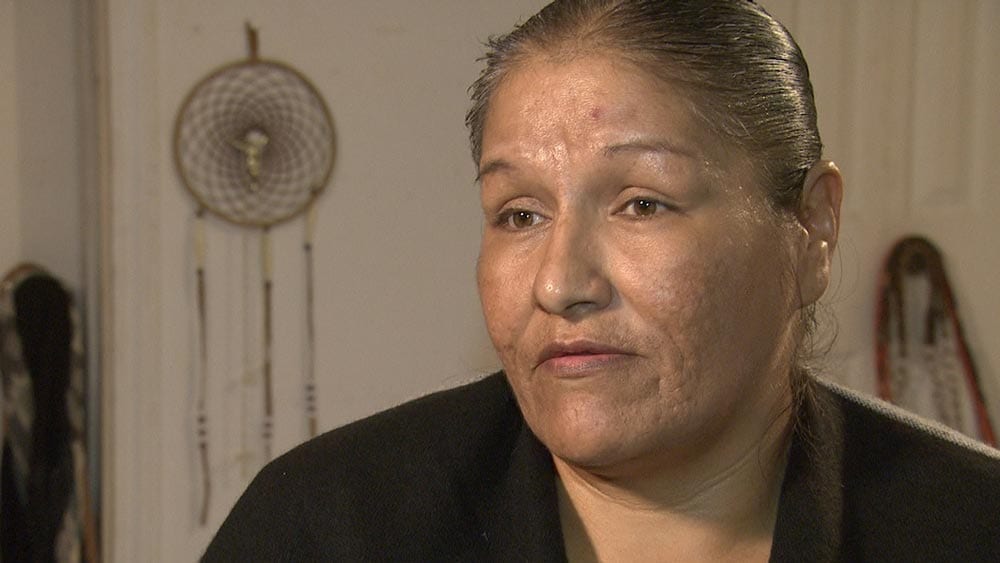Against Their Will
Cullen Crozier | APTN Investigates
The Forced sterilization of Indigenous women is a dark and largely unknown chapter in Canadian history.
Today it’s considered an act of genocide.
But eugenics was the law in some provinces as late as the 1970’s.
It’s estimated that over 1,200 Indigenous women were sterilized throughout the country in that decade alone.
This practice should have been a thing of the past.
But recently, women started coming forward with their stories.
Brenda Pelletier
“They clearly heard me say I do not want to do this.”

Brenda Pelletier gave birth to a baby girl at the Royal University Hospital in Saskatoon in 2010.
She said she was pressured into consenting to permanent sterilization by a physician, a social worker, and hospital staff because she was a recovering addict.
“They clearly heard me say I do not want to do this,” she said. “It was clear I didn’t want to do this. They kept harassing me and harassing me every time they came in my room.”
Pelletier was the first to speak up and her complaint led to other Indigenous women coming forward.
The sterilization has had a devastating impact on Pelletier.
The experience has not only left her with a serious distrust of the Saskatoon Health Region and their staff but the health care profession as a whole.
She is focused on raising her young daughter and first broke her silence to ensure that no other women would have to undergo the same treatment she received.
They claim they were pressured into getting sterilized at Saskatoon’s Royal University Hospital.
While all of their stories are unique, they also bear striking similarities.
All of them were in vulnerable positions, sterilized against their will, and Indigenous.
Melika Popp
“They’re doctors, I trusted them.”

Melika Popp told Crozier she was pressured into sterilization at the hospital while in full labour with her second child in 2008.
“I didn’t have any family or friends with me,” she said. “One of the nurses had approached me and she said, ‘You know clearly you don’t want to be in this kind of position again and there’s this option available of having your tubes tied.’”
She said staff told her there were no side effects and the procedure could be reversed.
“They’re doctors, I trusted them.”
Popp has gone through years of therapy to help her cope with her sterilization.
The single mother of two is working toward finishing her degree and has devoted her time to help raise awareness about coercive sterilization and Indigenous issues with organizations like the Native American and Indigenous Studies Association.
Roxanne Ledoux
“Every time there was a shift change … a new nurse would come in with the papers and ask me again.”

Roxanne Ledoux, an HIV-positive woman had a similar experience in 2006. She said several nurses kept coming into her room with sterilization papers.
“Every time there was a shift change, it seemed like a new nurse would come in with the papers and ask me again,” she said.
Ledoux is still waiting for an official apology and explanation about her sterilization.
She has tried her best to put the past behind her and move on with her life.
She divides her time raising her son and working at AIDS Saskatoon helping other HIV-positive men and women.


